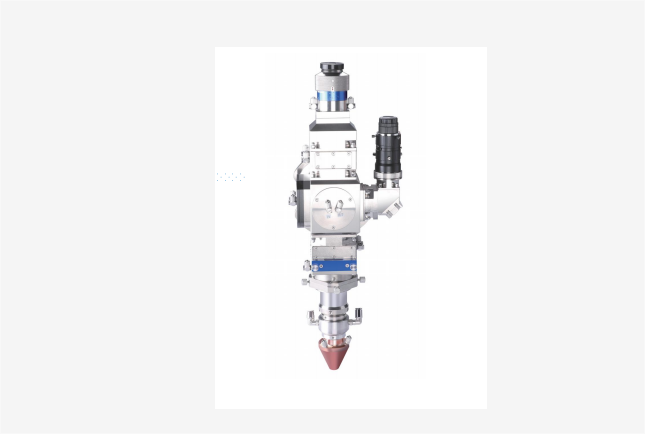
The term “laser focal length” generally refers to the distance between the focal point of the laser beam and the focusing lens. This distance is critical in laser systems because it determines the convergence or divergence of the laser beam after passing through the lens.
The focal length of a lens is the distance from the lens to its focal point when the lens is focused on an object at infinity. In the context of a laser system, the focal length of the lens used to focus the laser beam can be adjusted to control the size and intensity of the focused spot. This is important for various applications such as laser cutting, engraving, welding, and medical procedures.
In optical systems, the focal length of a lens can be calculated using the lensmaker’s equation:

Where:
- f is the focal length of the lens.
- n is the refractive index of the lens material.
- R1 and R2 are the radii of curvature of the two lens surfaces.
For a simple lens with one convex and one concave surface (like many optical lenses), one of the radii of curvature is considered negative to indicate its direction. The focal length can be positive for converging lenses (convex) and negative for diverging lenses (concave).
In laser systems, the choice of focal length depends on the specific requirements of the application, such as the desired spot size, working distance, and depth of field. Adjusting the focal length allows for optimization of the laser beam‘s intensity and focus at the target surface.
